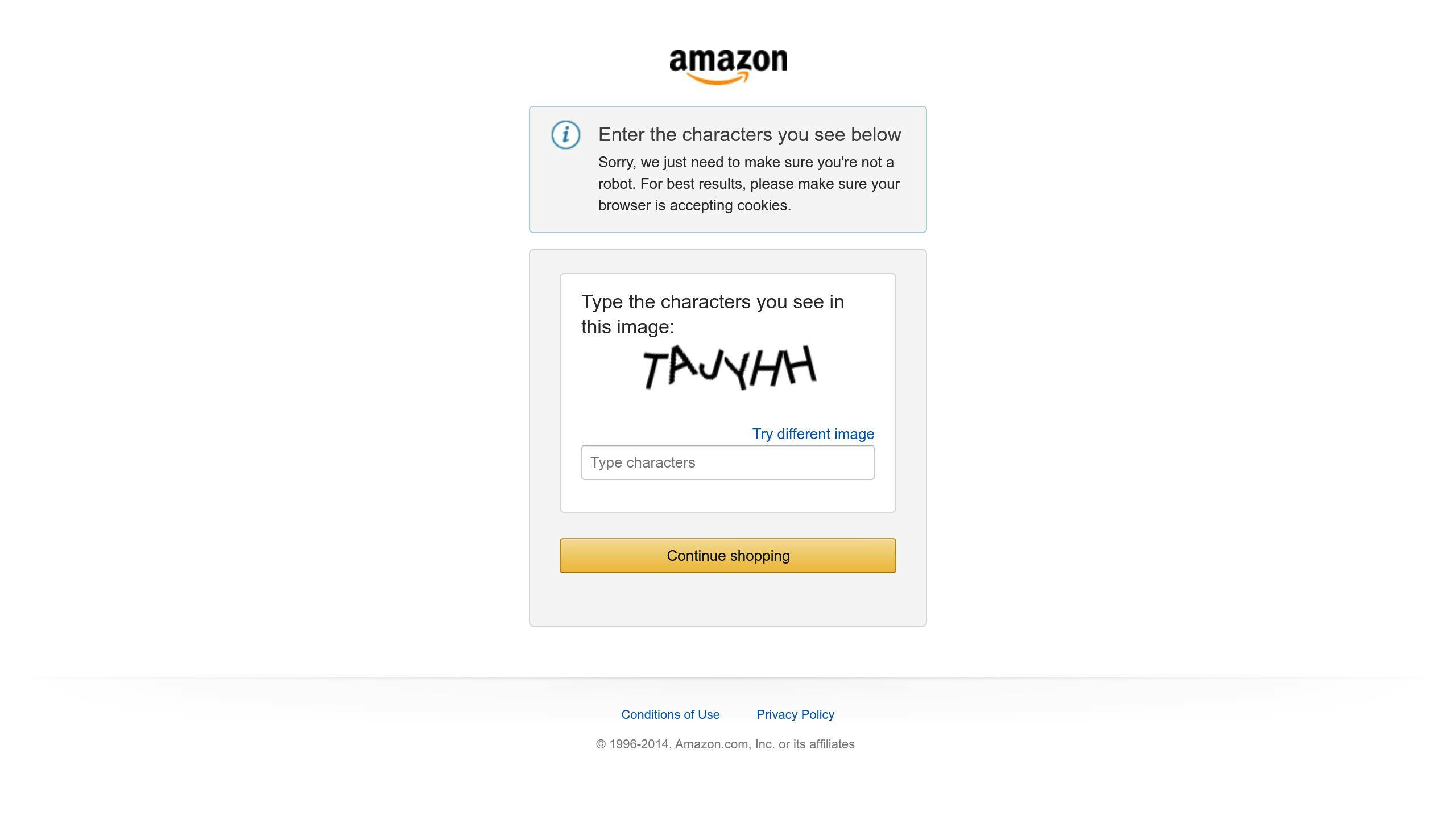
How to Use Themed Journals for Anxiety Relief
Share
Themed journals can be powerful tools for managing anxiety. Here's a quick guide:
- Choose a journal that fits your style (gratitude, CBT, mindfulness)
- Write regularly in a quiet space
- Use prompts to explore thoughts and feelings
- Add creativity with drawings or inspiring quotes
- Review entries to spot patterns and track progress
Key benefits:
- Reduces anxious thoughts
- Improves problem-solving
- Increases self-awareness
| Journal Type | Focus | Example Activity |
|---|---|---|
| Gratitude | Positive thinking | List 3 things you're thankful for |
| Worry | Problem-solving | Write concerns and brainstorm solutions |
| Mindfulness | Present awareness | Describe current sensations |
| CBT-based | Thought challenging | Reframe negative thoughts |
Start with 5-15 minutes daily. Combine with therapy or relaxation techniques for best results. Remember, there's no "right" way to journal - just write honestly and regularly.
Related video from YouTube
What are themed journals?
Themed journals are special notebooks that help you tackle specific issues, like anxiety. They're not just blank pages. Instead, they come with prompts and exercises to guide your writing.
Definition and uses
An anxiety-focused themed journal helps you:
- Explore your feelings
- Spot what triggers your worries
- Come up with ways to cope
These journals often include daily check-ins and mood trackers. They're like having a personal coach in book form, guiding you through managing your anxiety.
Types for anxiety relief
Different journals target various aspects of anxiety management:
| Journal Type | Focus | Example |
|---|---|---|
| Gratitude | Positive thinking | Daily entries on things you're thankful for |
| Worry | Problem-solving | Listing concerns and brainstorming solutions |
| Mindfulness | Present-moment awareness | Guided meditation prompts |
| CBT-based | Thought challenging | Exercises to reframe negative thoughts |
"My Anxiety Journal: Daily Support for Cultivating Calm and Happiness" offers 187 pages of exercises, including a year-long mood tracker.
For a more clinical approach, "The Anti-Anxiety Notebook" uses CBT techniques. It helps you outline thoughts and challenge them, breaking the cycle of anxious thinking.
These journals aren't a replacement for professional help. But they can be a useful tool in managing anxiety. As Julia Cameron, author of "The Artist's Way", says:
"Writing is medicine. It is an appropriate antidote to injury. It is an appropriate companion for any difficult change."
Picking a themed journal
Choosing the right journal can make or break your anxiety-relief journaling. Here's what you need to know:
What to look for
Focus on these key features:
| Feature | Why it matters |
|---|---|
| Layout | Easy to use |
| Prompts | Guide your writing |
| Personal fit | Matches your style |
Think about size, binding, and paper quality. Digital or physical? Some find writing by hand calming, others like digital convenience.
Common themes for anxiety
Popular themes include:
- Gratitude: Shift focus to the positive
- Mindfulness: Stay in the present
- CBT: Challenge negative thoughts
For example, "The Anti-Anxiety Notebook" uses CBT to tackle anxious thoughts. It has sections for reflection and thought-challenging exercises.
"My Anxiety Journal" offers daily check-ins and a year-long mood tracker. It helps spot triggers and create a safety plan.
If you're into mindfulness, "A Year of Mindfulness" provides weekly techniques and prompts.
Pick a journal that feels right for you. The best one? The one you'll actually use.
Getting started with your journal
Want to start a themed journal for anxiety relief? It's easier than you think. Here's how:
Find a quiet spot
Pick a calm place to write. It could be:
- A cozy bedroom corner
- A peaceful garden spot
- A quiet café
Find somewhere you feel at ease. Keep your journal and pen there.
| Make your space calming |
|---|
| Clear the clutter |
| Add a plant |
| Use lavender scent |
| Get comfy seating |
Set a regular schedule
Make journaling a habit:
1. Pick a daily time
2. Start with 5-15 minutes
3. Increase time as you get comfortable
"Journaling can help you reduce anxiety since you are letting thoughts and emotions out instead of keeping them inside." - Cynthia Catchings, Licensed Clinical Social Worker-Supervisor
Pro tip: Use a timer. It helps you focus and stops overthinking.
There's no "right" way to journal. Just express yourself. Don't sweat grammar or spelling. Write what comes to mind.
Stuck? Try these:
- Write about your day
- List what you're grateful for
- Describe your feelings
- Use your journal's prompts
Ways to use themed journals
Themed journals can help manage anxiety. Here's how:
Writing about gratitude
Listing what you're thankful for shifts focus from worries to positives.
"Gratitude is... marked by a readiness to show appreciation for those things for which we are thankful." - Richard C. Senelick, M.D., Neurologist
Try this:
- Morning: Write 3 things you're grateful for
- Night: Note 3 good things that happened today
Listing worries and solutions
Writing down concerns helps you see them clearly and find solutions:
- Write your biggest worry
- Rate its distress level (1-10)
- List possible outcomes
- Brainstorm practical solutions
This makes worries feel more manageable.
Using positive statements
Boost your mood with encouraging words. Create affirmations like:
- "I can handle challenges"
- "I focus on what I can control"
- "My anxiety doesn't define me"
Read these when anxious to shift your mindset.
Practicing mindfulness
Include mindfulness exercises to increase self-awareness:
| Mindfulness Journal Prompts |
|---|
| What am I feeling now? |
| What physical sensations do I notice? |
| What thoughts are in my mind? |
| What can I appreciate right now? |
Answer these daily to stay grounded.
sbb-itb-d0aa3ba
Adding creativity to your journal
Want to make your anxiety journal more fun? Try these:
Drawing and coloring
Art can help you express feelings and chill out. In fact, just 45 minutes of creative stuff can lower your stress - even if you're not Picasso.
Give these a shot:
- Scribble your emotions with different colors
- Fill the page with wavy lines
- Make a "gratitude" page with fancy words
Helen, who loves to doodle, says: "I've filled tons of sketchbooks over the years. I'm no artist, but whatever comes out of my pencil stays on the paper. It's great for my high-anxiety life."
Including inspiring content
Spice up your journal with:
| What to add | How to do it |
|---|---|
| Quotes | Cut out or write down uplifting sayings |
| Images | Stick in pictures that make you smile |
| Personal stories | Write about times you kicked anxiety's butt |
Amy from Mindful Art Studio has a tip: "The big secret to making time for art? Make it easy and accessible."
Quick creative exercises:
1. Music-inspired lines
Put on a song and let it guide your pen.
2. Emotion mapping
Use shapes and colors to show how you feel.
3. Nature sketching
Draw something from nature and write your thoughts around it.
Dealing with common journaling problems
Journaling can help with anxiety, but it's not always easy. Let's look at two common issues and how to fix them.
When you can't think what to write
Blank page got you stuck? Try these:
- Morning Pages: Write three pages of whatever comes to mind first thing in the morning. K.T. Mehra says it's "like free writing or a meditation with pen and ink."
- Set a timer: Write non-stop for 5-10 minutes. Don't worry about quality.
- Use prompts: Start with "How am I feeling right now?" or "What's on my mind today?"
- Change your environment: Write in a park or café for fresh ideas.
Avoiding the need to be perfect
Perfectionism can stop you from writing. Here's how to let go:
| Instead of thinking... | Try thinking... |
|---|---|
| "Every entry must be profound" | "I'm writing for me, not others" |
| "I can't make mistakes" | "Mistakes are part of it" |
| "My handwriting must be neat" | "Content matters more than looks" |
Julia Cameron says: "There is no wrong way to do Morning Pages."
To beat perfectionism:
- Use stream-of-consciousness writing.
- Focus on the process, not the result.
- Aim for "excellencism" instead of perfectionism.
Gail Post, Ph.D., notes: "Perfectionism happens when self-worth depends on accomplishments." Your journal is for growth, not proving your worth.
Looking back at your entries
Reading your old journal entries isn't just a trip down memory lane. It's a goldmine for spotting patterns and tracking your progress.
Finding anxiety triggers
As you flip through your journal, keep an eye out for recurring themes that set off your anxiety. You might notice it's always:
- Certain people or places
- Work stuff
- Social events
- Health worries
Try this: Make a simple table to track your triggers.
| Date | Trigger | Anxiety Level (1-10) | How You Coped |
|---|---|---|---|
| 5/1 | Work presentation | 8 | Deep breathing |
| 5/3 | Family dinner | 6 | Journaled before |
| 5/7 | Doctor's visit | 7 | Calming music |
This visual can help you spot trends and gear up for future situations.
"The more you narrow your emotional aperture to accommodate the avoidance, the more you participate in atrophying your ability to tolerate your feelings in general." - Dr. Sarah Sarkis, psychologist
By facing these triggers head-on in your journal, you're building mental muscle.
Noticing positive changes
Don't just dwell on the bad stuff. Look for signs you're growing:
- Are your anxiety levels dropping over time?
- Have you picked up new coping tricks?
- Are you handling certain situations better now?
"Reviewing past entries can bring things to light. Not only can it highlight places in your life where you might be repeatedly struggling, but it's also an excellent opportunity to realize how much you've grown." - Cynthia Catchings, Licensed Clinical Social Worker-Supervisor
Want to track your progress? Try this:
1. Monthly check-ins
Set aside time each month to review your entries. Jot down any improvements or new insights.
2. Celebrate small wins
Faced a fear? Handled stress like a pro? Write it down and pat yourself on the back.
3. Plan for the future
Use what you've learned to make action plans. If social events trigger anxiety, brainstorm ways to cope at your next gathering.
Using journaling with other methods
Journaling isn't a lone wolf. It can team up with other anxiety-busting techniques for a bigger impact.
Journaling and therapy
Your journal can be a goldmine in therapy sessions. Here's how:
- Bring it to appointments
- Highlight key thoughts or patterns
- Use entries as conversation starters
"Reviewing journal entries in therapy can uncover blind spots and speed up progress. It's like having a map of your inner world." - Dr. Sarah Sarkis, Psychologist
Try this:
1. Before your next session, skim your recent entries.
2. Note 3-5 main themes or concerns.
3. Share these with your therapist to guide your talk.
Mixing with relaxation practices
Blend journaling with calming activities for a potent anxiety-management cocktail:
1. Set the scene: Find a quiet spot, dim the lights.
2. Relax first: Do a quick breathing exercise or mini-meditation.
3. Write it out: Jot down your experience or any new insights.
4. End on a high note: Write one thing you're grateful for.
"Mindfulness is about learning to trust and sit with uncomfortable feelings, not running from or over-analyzing them." - Bob Stahl, Ph.D., MBSR teacher
| Activity | Time | Goal |
|---|---|---|
| Breathing | 5 min | Get centered |
| Journaling | 10-15 min | Dive into thoughts |
| Gratitude | 2 min | Flip your perspective |
Conclusion
Themed journals can help manage anxiety and boost mental health. Here's how writing can help:
- Turn anxious thoughts into positive ones
- Stop overthinking
- Find new ways to look at your fears
The key? Do it regularly. Start small:
1. Write for 5-15 minutes each day
2. Put down what's on your mind
3. Look back at what you wrote to spot patterns
"Journaling for anxiety relief can be a useful tool." - Author Unknown
But the real power is in YOUR experience. As you journal, you might see:
- Less stress
- Better handling of emotions
- More self-awareness
| Benefit | How It Helps |
|---|---|
| Emotional release | Safe space for feelings |
| Pattern recognition | Spot what triggers anxiety |
| Problem-solving | Explore ways to handle worries |
Journaling works well with other ways to manage anxiety. Try it with therapy or relaxation techniques.
Ready to start? Pick a theme you like, find a quiet spot, and write. Over time, you'll likely find it easier to handle anxiety and learn more about yourself.
FAQs
How to use journaling to help with anxiety?
Journaling can be a game-changer for managing anxiety. Here's how to get started:
1. Brain dump: Spend 5-15 minutes writing whatever's on your mind. No filters, just let it flow.
2. Look back: Read what you wrote. It's like stepping back from a painting - you might see things differently.
3. Question your thoughts: Are your worries facts or just guesses? Try to see things from another angle.
4. Remember your wins: Think about tough times you've gotten through before. You're stronger than you think!
5. Action plan: Use your journal to brainstorm solutions. Even small steps can make you feel more in control.
What do I write in my anxiety journal?

Your anxiety journal is YOUR space. Here are some ideas to kick things off:
| Write about | Example |
|---|---|
| Anxious thoughts | "Freaking out about my work presentation tomorrow" |
| Physical feelings | "Heart's racing, hands are sweaty" |
| What set it off | "Saw a scary news headline about the economy" |
| What helps | "Three deep breaths actually calmed me down" |
| Good stuff | "My friend called to check in - that was nice" |
Remember: There's no "right" way to journal. Just write often and honestly about your anxiety experiences.
"What helped me kick anxiety to the curb and finally breathe was gaining confidence and knowing that no one could have control over me, no one could ruin my life." - Aarushi Tewari, writer and affirmations speaker at Gratitude
